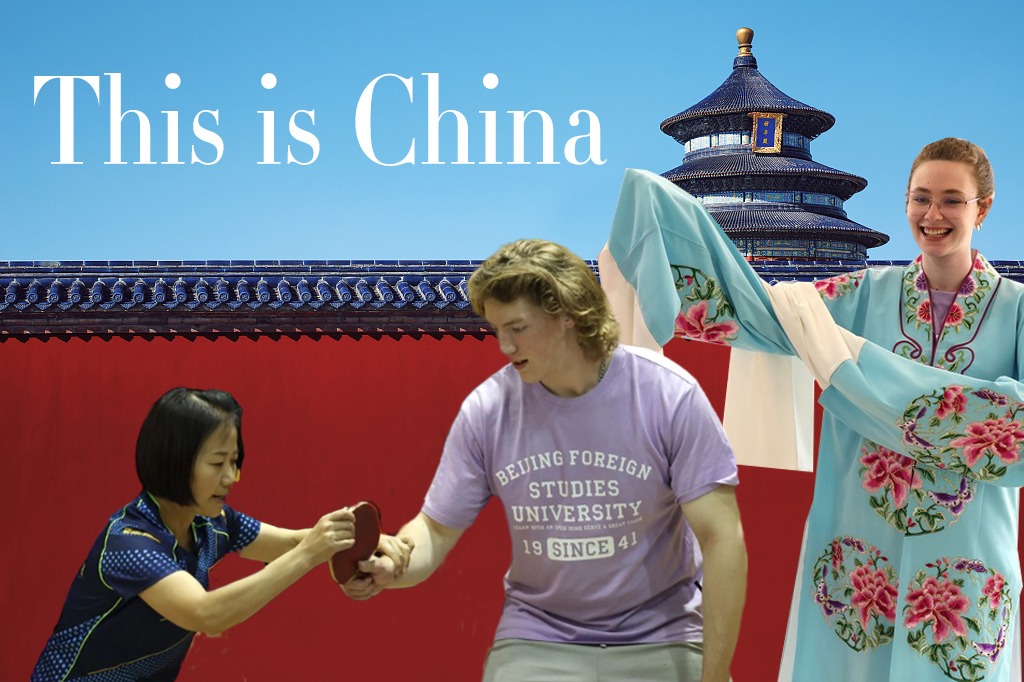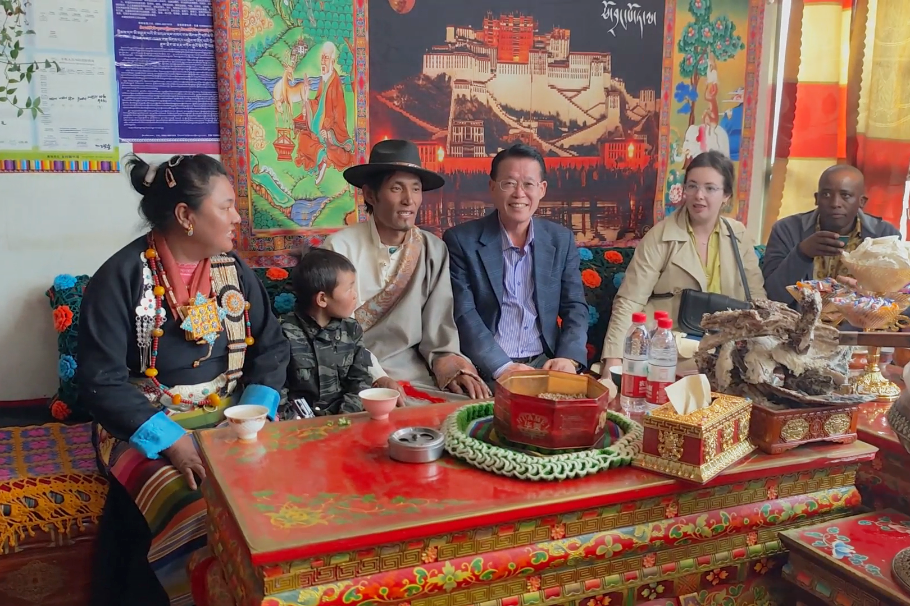Storms take their toll on heritage in Shanxi


Social value
Yangzao village in Huozhou, Linfen city, Shanxi, is home to 1,656 farmers in 504 households. The villagers plant grain and fruit trees to earn a living, and Yangzao is divided by a freeway into eastern and western areas.
Only a few residents live in the western area, home to a temple compound covering more than 100 square meters.
A stone tablet placed above the main gate is inscribed with three characters, pu, zhao and si, meaning "temple of sunshine everywhere".
Tang visited the temple, whose main gate was locked late last month after the rainstorms. Being tall, he entered through the side entrance, bending his head.
Weeds and trees had taken root inside the temple, whose main hall stands slightly elevated on a bank of earth.
Tang climbed to the hall and found that one-third of roof had collapsed. Some murals that adorned the temple walls were stolen long ago.
A girder in the center of the roof was engraved with the year the structure was built-the second year of Emperor Yongle's reign (1403-1424) in the Ming Dynasty.
After inspecting the temple complex, Tang sighed and said, "I was so sad to see the condition it was in after the rain."
He said the site had become damaged over the years, adding that it was "unforgivable" for a cultural relic to experience such irretrievable losses.
"In addition to the Cultural Relics Protection Law, I hope full play can be given to the social value of ancient architecture, and that more businesses from outside can be attracted to help the village and its ancient structures," Tang said.
In the middle of last month, Tang visited Guandi Temple in Xinjiang county, Yuncheng, Shanxi, which was built in tribute to Emperor Guan, known for his valor and loyalty during the Three Kingdoms period (220-280).
A fair held at the temple attracted opera troupes and villagers from many areas.
"Two hours before the fair opened, villagers arrived from remote areas, waiting eagerly for it to start. I think the social value of ancient architectural sites is given full play in this way," Tang said.
























